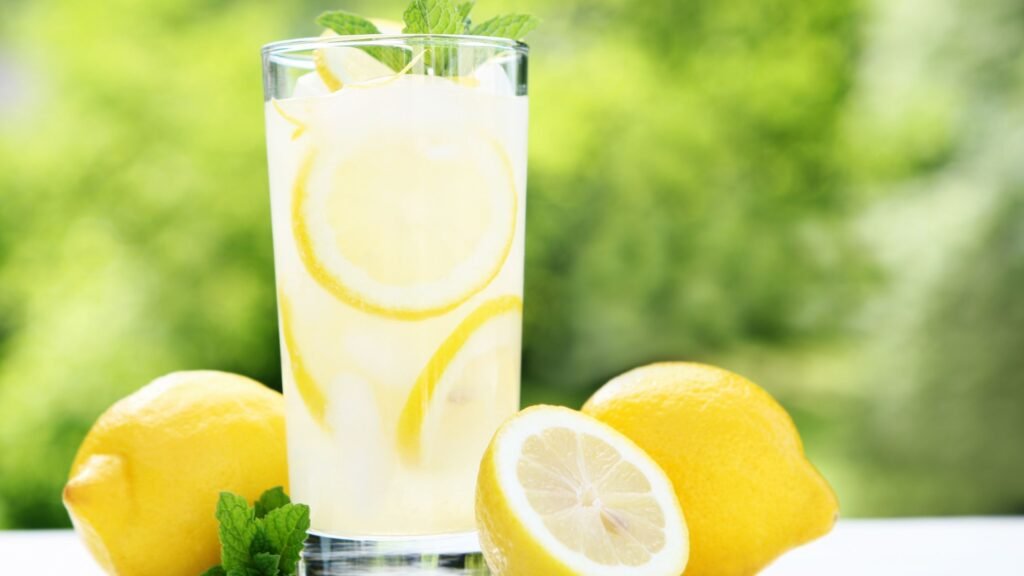Can the Mediterranean Diet help you lose weight? The Mediterranean Diet is not a diet in and of itself, but rather a general term referring to the eating practices of the Mediterranean region’s inhabitants. The Mediterranean Diet is not a diet in and of itself, but rather a general term referring to the eating practices of the Mediterranean region’s inhabitants. Each country bordering the Mediterranean Sea has its own version of the Mediterranean Diet. Differences in ethnic background, Guest Posting culture, agricultural production, and religion among the Mediterranean nations are responsible for the variations in their diets. However, each diet possesses a number of traits shared by all Mediterranean nations. The Mediterranean Diet emphasises fruits, vegetables, legumes, nuts, seeds, bread, and other grains. In the Mediterranean Diet, fruits and vegetables are typically cultivated locally. Typically, fruits and vegetables are taken raw or with minimal processing. Fruits and vegetables contain several vitamins, minerals, and antioxidants that are important for overall health. The predominant source of fat in the Mediterranean Diet is monounsaturated fat. Olive oil is a strong source of antioxidants, including vitamin E, as a monounsaturated lipid. Instead of butter, margarine, and other fats, olive oil is utilised. Butter and cream are used only on exceptional occasions. Olive oil is used to produce tomato sauces, vegetable dishes, salads, and fry fish in the Mediterranean Diet. The Mediterranean Diet recommends consuming a reasonable amount of fish but little or no meat. Red meat and poultry consumption are minimal. Fish is the prefered meat. Approximately 5 to 15 ounces of oily fish are consumed weekly. Tuna, mackerel, salmon, trout, herring, and sardines are examples of oily fish. Omega-3 fatty acids are plenteous in oily seafood. Consumption of dairy products is modest to moderate. The most commonly consumed dairy products from a range of animals, including goats, sheep, buffalo, cows, and camels, are low-fat cheese and yoghurt. Consumption of fresh milk is minimal. Typically, wine or water is served during meals. The Mediterranean Diet promotes a low to moderate wine intake. Typically, wine is consumed with a meal. Typically, red wine is consumed, which is an excellent source of phytonutrients. Among phytonutrients, polyphenols are particularly effective antioxidants. According to studies, men and women who consume light to moderate amounts of alcohol live longer than non-drinkers. One alcoholic beverage (1.5 oz. of distilled spirits, 5 oz. of wine, or 12 oz. of beer) per day for women and two alcoholic beverages per day for males is considered moderate alcohol use. Here are some tips for incorporating the Mediterranean Diet into your lifestyle. Diverse fruits and vegetables should be consumed. At least seven to ten servings of whole fruits and vegetables should be consumed daily. You should avoid consuming any veggies prepared with butter or cream sauces. Bread, cereals, and pasta with high fibre content are consumed every day. Included in this category are brown rice, bran, whole grain bread, and cereal. Sweets, white bread, cookies, breadsticks, and refined carbs should be avoided. The consumption of protein is low in saturated fat. Red meat consumption consists of lean cuts, skinless chicken, and low-fat dairy products (skim milk, yogurt). Bacon, sausage, and other processed or high-fat meats should be avoided. You should also avoid non-low-fat milk and cheese. Fish is consumed 1-2 times a week in the form of oily fish, flaxseed, walnuts, and spinach. Extra virgin olive oil, canola oil, and flaxseed oil are used for cooking and salad dressings, among other applications. Avoid omega-6 oils such as corn, sunflower, safflower, soy, and peanut. Peas, beans, soybeans, lentils, tree nuts (almonds, pecans, walnuts, Brazil nuts), and legumes should also be included in your diet. You should avoid honey-roasted or strongly salted nuts. Optional is moderate consumption of alcohol with the evening meal. The Mediterranean Diet focuses on natural, whole foods. This includes avoiding fast food, fried meals, margarine, chips, crackers, baked goods, and doughnuts, as well as all processed foods containing trans fatty acids. The Mediterranean diets closely resemble the American Heart Association’s nutritional recommendations. The Mediterranean diet contains a relatively high percentage of fat calories, approximately 40%. The American Heart Association recommends a diet containing approximately 30 per cent fat. The average Mediterranean diet, however, contains less saturated fat than the average American diet. Researchers are currently attempting to determine which components of the Mediterranean Diet are responsible for the increased life expectancy of Mediterranean populations compared to other European groups. However, it is believed that the combined impact of other components, such as a relaxed eating attitude, abundant sunshine, and increased physical activity, contribute to the Mediterranean region’s overall healthy lifestyle. The Mediterranean Diet reduces the risk of heart disease and cancer, making it a healthy choice for your health overall.








